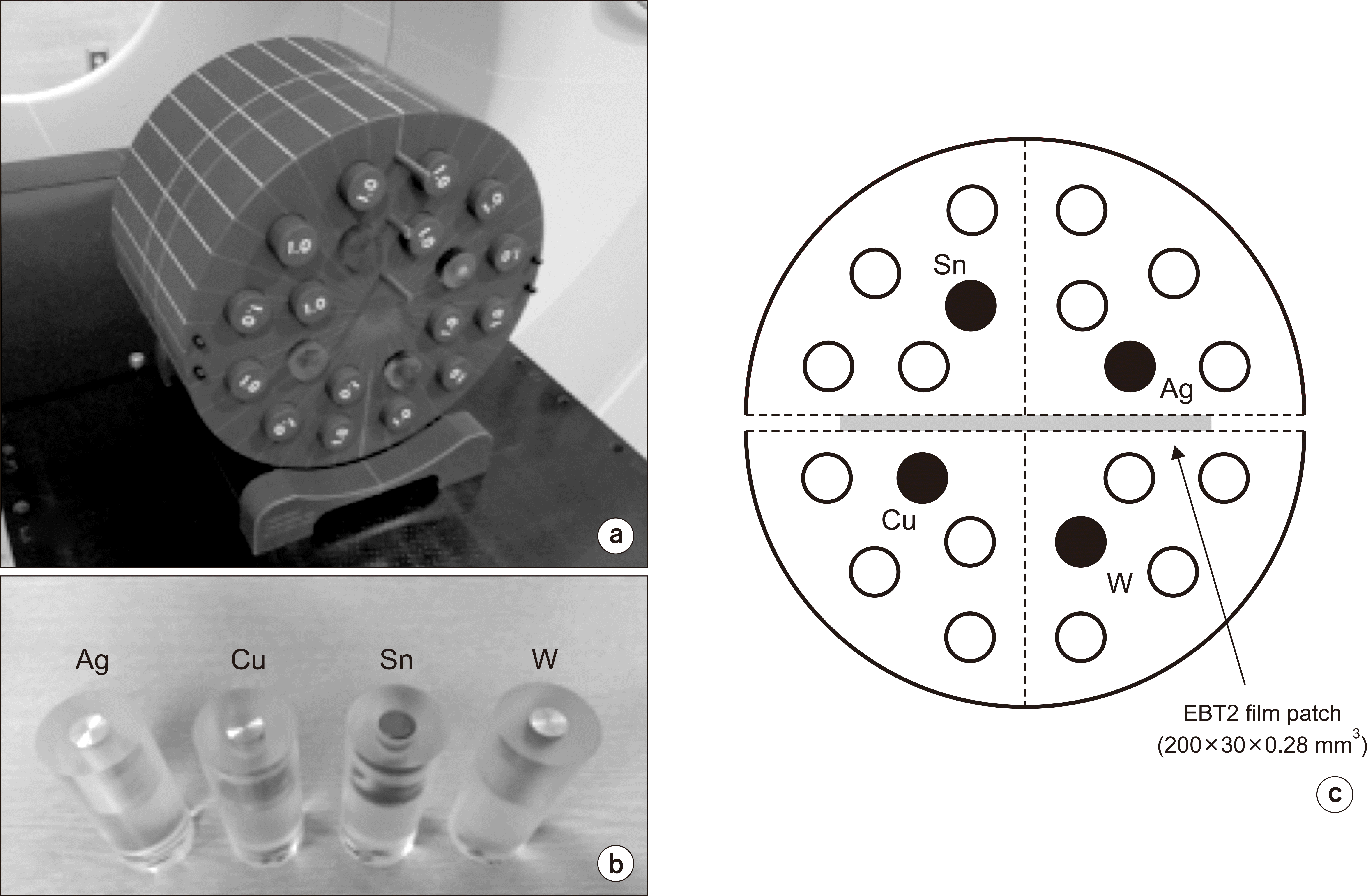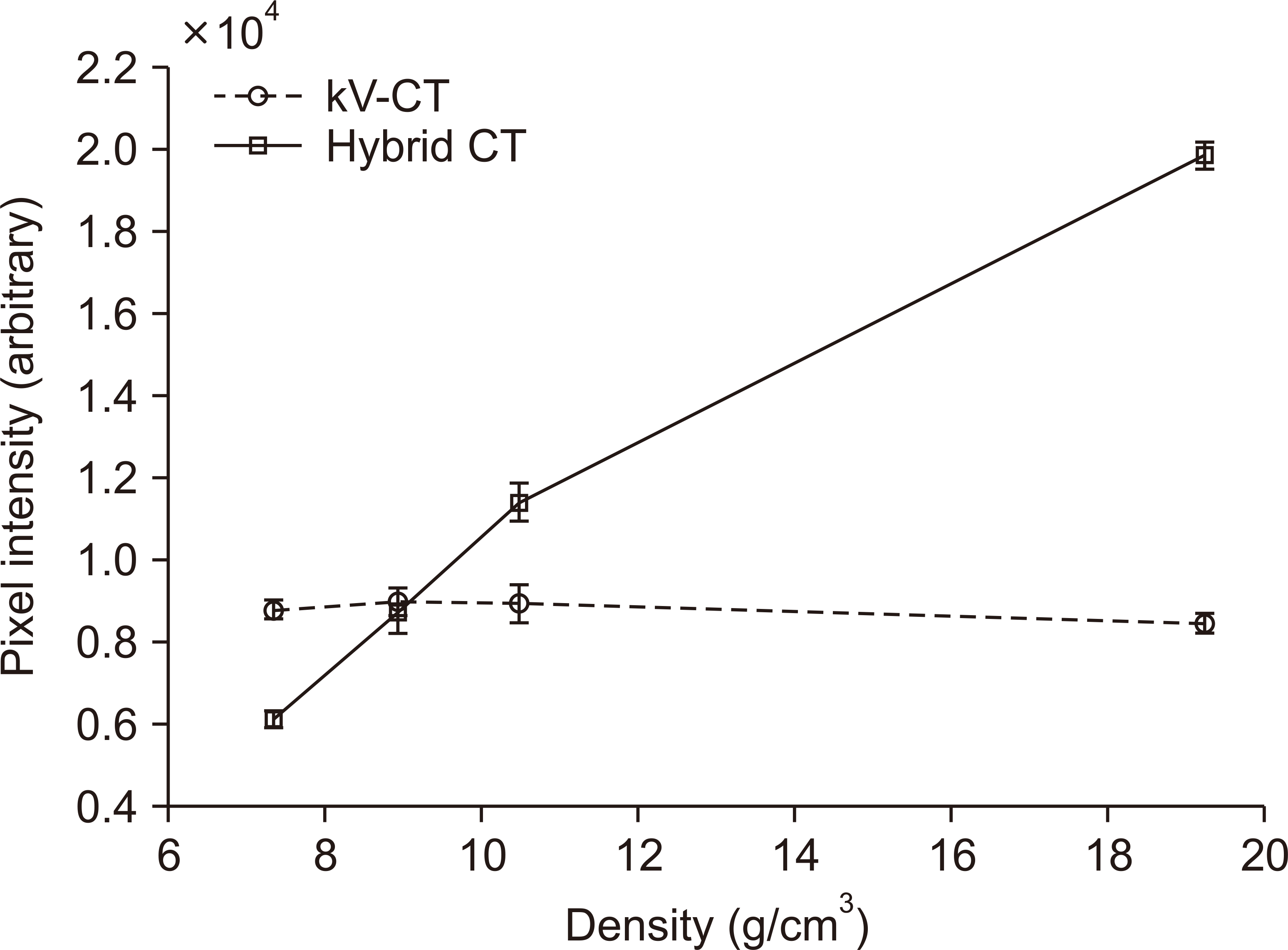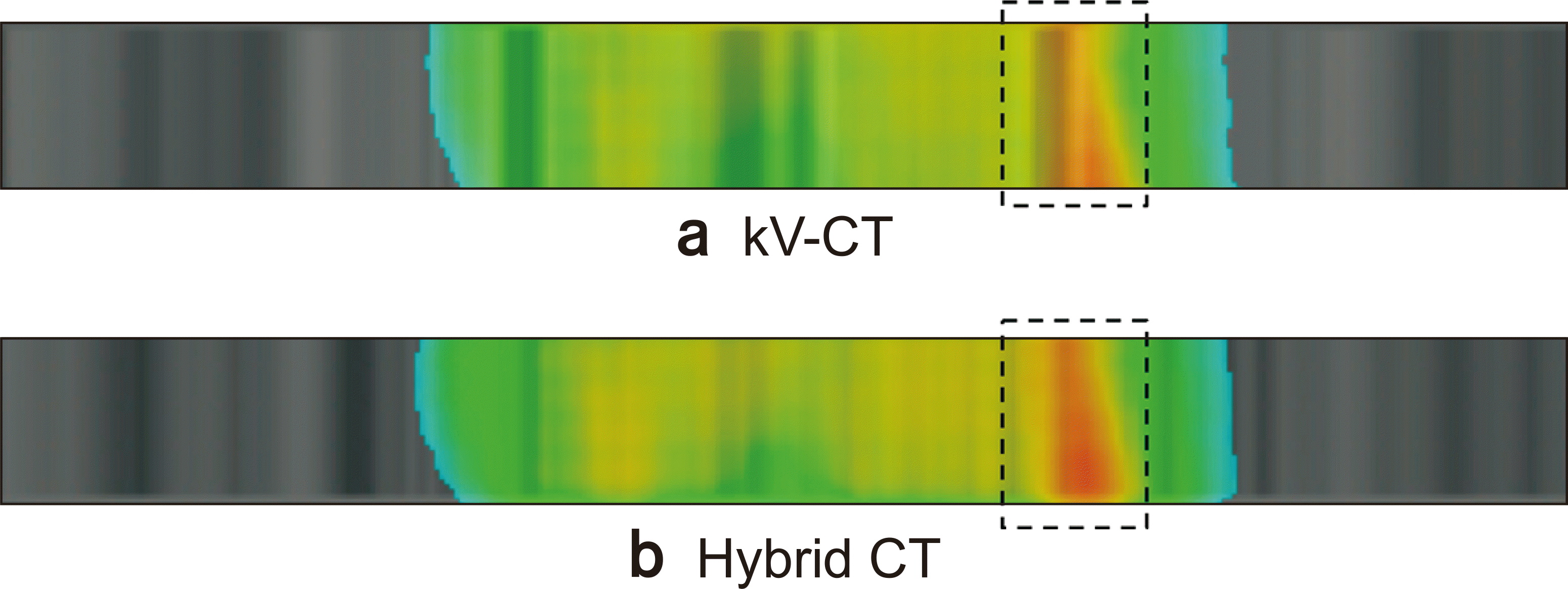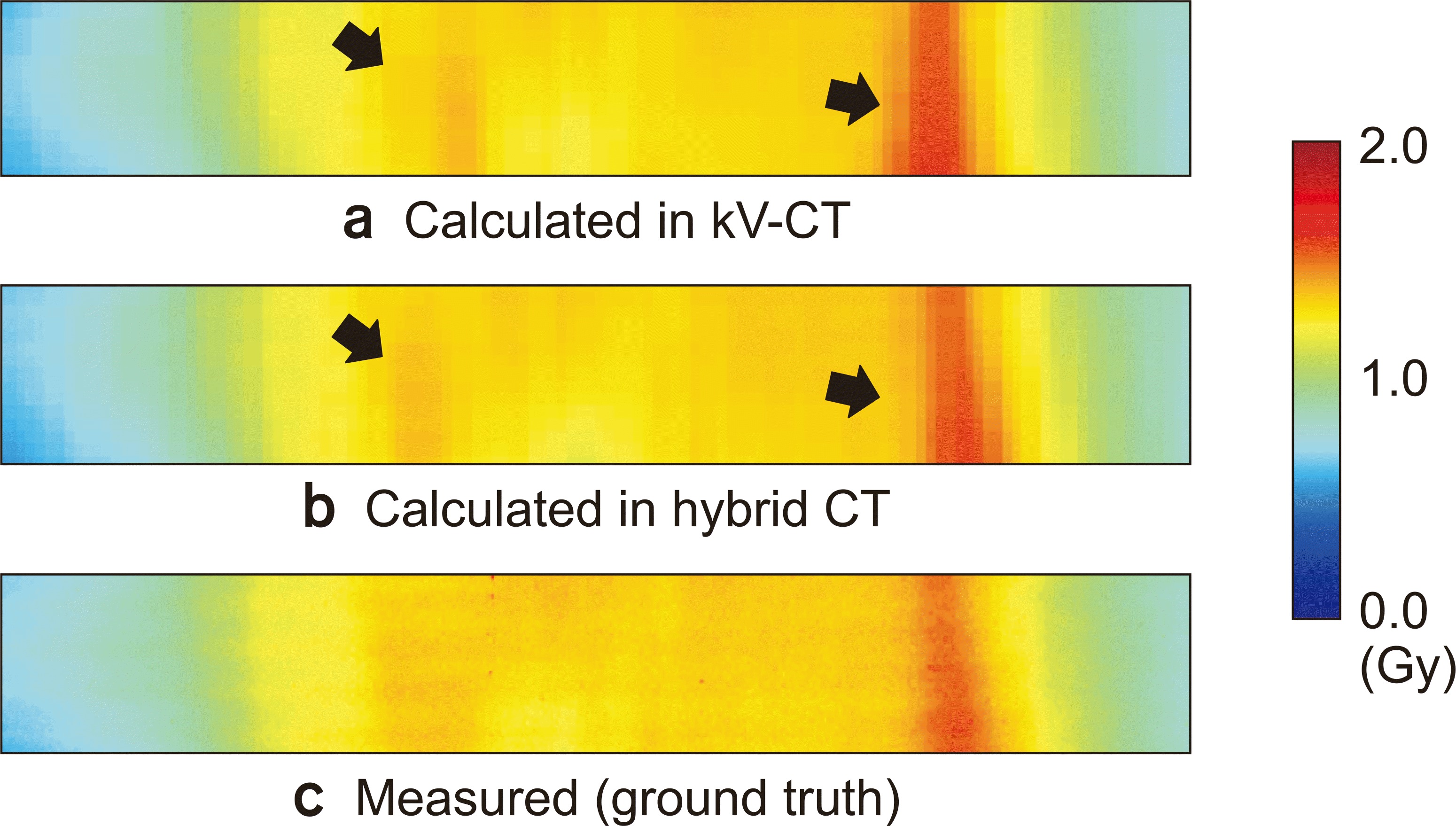1. Glover GH, Pelc NJ. 1981; An algorithm for the reduction of metal clip artifacts in CT reconstructions. Med Phys. 8:799–807. DOI:
10.1118/1.595032. PMID:
7322078.


2. Yazdi M, Gingras L, Beaulieu L. 2005; An adaptive approach to metal artifact reduction in helical computed tomography for radiation therapy treatment planning: experimental and clinical studies. Int J Radiat Oncol Biol Phys. 62:1224–1231. DOI:
10.1016/j.ijrobp.2005.02.052. PMID:
15927413.

3. Zhao S, Robertson DD, Wang G, Whiting B, Bae KT. 2000; X-ray CT metal artifact reduction using wavelets: an application for imaging total hip prostheses. IEEE Trans Med Imaging. 19:1238–1247. DOI:
10.1109/42.897816. PMID:
11212372.


5. Mahnken AH, Raupach R, Wildberger JE, Jung B, Heussen N, Flohr TG, et al. 2003; A new algorithm for metal artifact reduction in computed tomography: in vitro and in vivo evaluation after total hip replacement. Invest Radiol. 38:769–775. DOI:
10.1097/01.rli.0000086495.96457.54. PMID:
14627894.

6. Yu H, Zeng K, Bharkhada DK, Wang G, Madsen MT, Saba O, et al. 2007; A segmentation-based method for metal artifact reduction. Acad Radiol. 14:495–504. DOI:
10.1016/j.acra.2006.12.015. PMID:
17368220. PMCID:
PMC1995751.



7. Zhang Y, Zhang L, Zhu XR, Lee AK, Chambers M, Dong L. 2007; Reducing metal artifacts in cone-beam CT images by preprocessing projection data. Int J Radiat Oncol Biol Phys. 67:924–932. DOI:
10.1016/j.ijrobp.2006.09.045. PMID:
17161556.


8. Boas FE, Fleischmann D. 2011; Evaluation of two iterative techniques for reducing metal artifacts in computed tomography. Radiology. 259:894–902. DOI:
10.1148/radiol.11101782. PMID:
21357521.


9. Mehranian A, Ay MR, Rahmim A, Zaidi H. 2013; X-ray CT metal artifact reduction using wavelet domain L0 sparse regularization. IEEE Trans Med Imaging. 32:1707–1722. DOI:
10.1109/TMI.2013.2265136. PMID:
23744669.

10. Zhang X, Wang J, Xing L. 2011; Metal artifact reduction in x-ray computed tomography (CT) by constrained optimization. Med Phys. 38:701–711. DOI:
10.1118/1.3533711. PMID:
21452707. PMCID:
PMC3033877.



11. Stayman JW, Otake Y, Prince JL, Khanna AJ, Siewerdsen JH. 2012; Model-based tomographic reconstruction of objects containing known components. IEEE Trans Med Imaging. 31:1837–1848. DOI:
10.1109/TMI.2012.2199763. PMID:
22614574. PMCID:
PMC4503263.



12. Ruchala KJ, Olivera GH, Schloesser EA, Mackie TR. 1999; Megavoltage CT on a tomotherapy system. Phys Med Biol. 44:2597–2621. DOI:
10.1088/0031-9155/44/10/316. PMID:
10533931.


13. Meeks SL, Harmon JF Jr, Langen KM, Willoughby TR, Wagner TH, Kupelian PA. 2005; Performance characterization of megavoltage computed tomography imaging on a helical tomotherapy unit. Med Phys. 32:2673–2681. DOI:
10.1118/1.1990289. PMID:
16193798.


14. Jeon H, Park D, Youn H, Nam J, Lee J, Kim W, et al. 2015; Generation of hybrid sinograms for the recovery of kV-CT images with metal artifacts for helical tomotherapy. Med Phys. 42:4654–4667. DOI:
10.1118/1.4926552. PMID:
26233193.


16. Ahnesjö A. 1989; Collapsed cone convolution of radiant energy for photon dose calculation in heterogeneous media. Med Phys. 16:577–592. DOI:
10.1118/1.596360. PMID:
2770632.


17. Lu W, Olivera GH, Chen ML, Reckwerdt PJ, Mackie TR. 2005; Accurate convolution/superposition for multi-resolution dose calculation using cumulative tabulated kernels. Phys Med Biol. 50:655–680. DOI:
10.1088/0031-9155/50/4/007. PMID:
15773626.


18. Low DA, Harms WB, Mutic S, Purdy JA. 1998; A technique for the quantitative evaluation of dose distributions. Med Phys. 25:656–661. DOI:
10.1118/1.598248. PMID:
9608475.


19. Heilemann G, Poppe B, Laub W. 2013; On the sensitivity of common gamma-index evaluation methods to MLC misalignments in Rapidarc quality assurance. Med Phys. 40:031702. DOI:
10.1118/1.4789580. PMID:
23464297.

20. Fredh A, Scherman JB, Fog LS. Munck af Rosenschöld P. 2013; Patient QA systems for rotational radiation therapy: a comparative experimental study with intentional errors. Med Phys. 40:031716. DOI:
10.1118/1.4788645. PMID:
23464311.












 PDF
PDF Citation
Citation Print
Print



 XML Download
XML Download